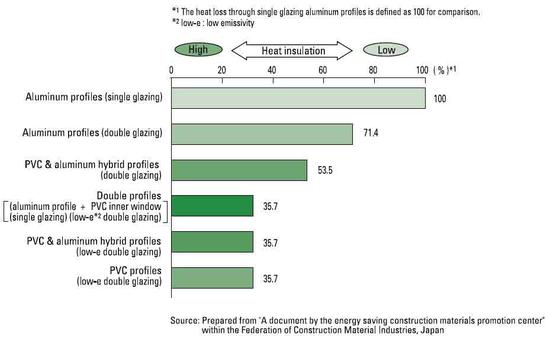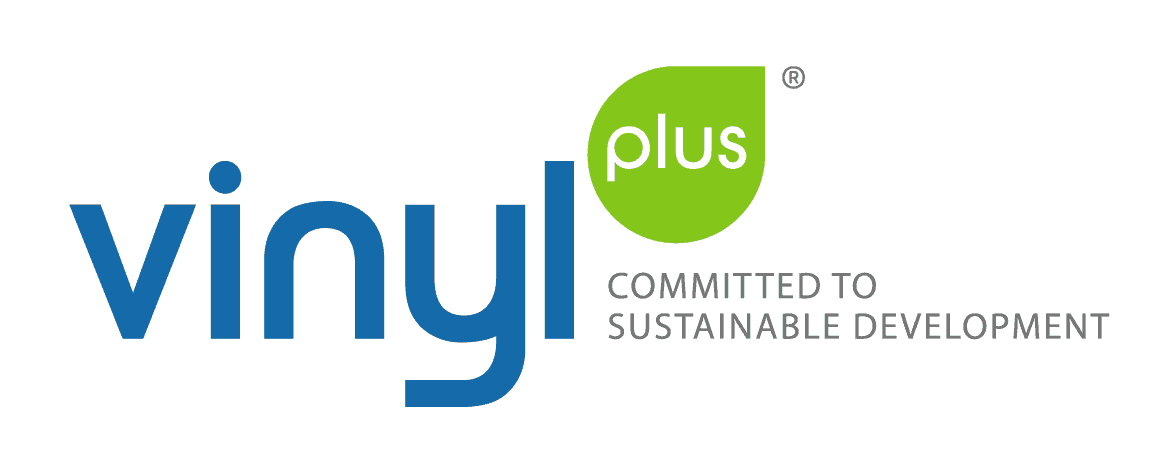Sustainability
PVC and the three pillars of sustainability
PVC plays a major role in delivering and sustaining the quality, comfort and safety of modern life-styles. Its impressive ratio of cost to performance also means that people of all income groups can enjoy the benefits it provides High living standards are not just about the present, however. Future generations also have the right to material benefits. This is the foundation of the concept of ‘Sustainable Development’. PVC products are already helping every day to improve people’s lives and conserve natural resources in a world that is growing in population, with ever-increasing demands for water, food, shelter, sanitation, energy, health services and economic security.
PVC is used in various fields ranging from essential services (water supply, sewage, supply of electric power, etc.), housing, transportation, consumer products, packaging and electronics, to medical devices and products. The applications are generally divided on the basis of the hardness of products, e.g., rigid, flexible. PVC features most prominently in products that we require to have long service lives.
A well understood material
PVC is a synthetic material derived from natural resources (oil or gas, and salt), like many others used in our modern world. It is one of the most scientifically investigated substances on the planet. Scientific investigations have consistently found that far from being the problem material that some NGOs have portrayed it to be, PVC is not very different from other materials we use, and indeed possesses some interesting advantages.
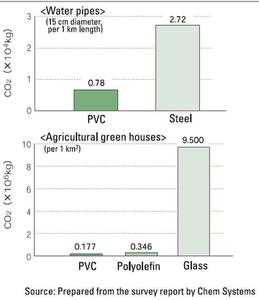
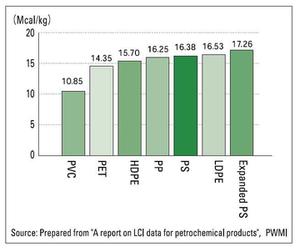
A lower carbon footprint
The magnitude of CO2 emission for the material we use throughout its lifecycle, from production to consumption and disposal, is an important factor when considering global warming. It is proven that PVC has a minimal environmental impact in terms of CO2 emission, when compared to the same products made from metal or glass. PVC products also contribute significantly to energy efficiency through low thermal conductivity. PVC window frames, or profiles, have heat insulation that is three times greater than that of aluminium profiles. Consequently, PVC window frames reduce energy consumption for heating and air conditioning.
Uses less natural resources to make
57% of PVC is made out of chlorine, which is derived from common salt – one of the few natural resources that is abundant on earth. Therefore, PVC significantly contributes to saving the non-renewable resources of oil andgas, specifically in comparison to many other plastics, whose production depend entirely on oil.
Usefully durable and 100% recyclable
Plastics are often perceived as symbols of throwaway or single use. However, in reality plastics are durable materials that do not rust or corrode. PVC is an exceptionally durable plastic: the majority of PVC applications have a service life of between 10 and 100 years, and more than half these will last for over 15 years.Most of PVC products are used in durable applications, for instance in water supply and sewage pipes.
PVC is a material well-suited to recycling: it can be recycled multiple times without loss of performance PVC alsohas the longest history of recycling among plastics, and its mechanical recycling is therefore considerably developed in certain countries In Europe, 740,000 tons of PVC products were recycled in 2018 through industry-sponsored schemes. And, in Japan, about 80% of end-of-life agricultural films (agro-films) was recycled in 2013 and used for flooring, etc.
All materials, and PVC is no exception, have sustainability issues. These arisefrom their specific properties but also from the ways in which they are used throughout their life cycle, and the ways in which they are disposed of.
Where PVC differs from other materials is in the PVC industry’s understanding of its sustainability, which is perhaps better than many manufacturers of other synthetic materials.What’s more, the PVC industryis working systematically to address PVC’s sustainability challenges, so as to ensure its useful role in a more sustainable future for mankind.
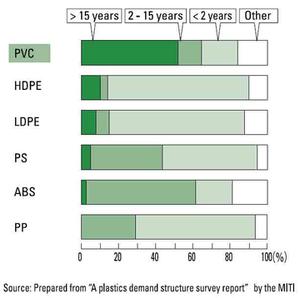
VinylPlus® – committed sustainable development
The voluntary commitment of the European PVC industry to sustainable development is VinylPlus. VinylPlus’ work centres around five clear challenges – or objectives - that cover the life cycle of PVC products, identified by The Natural Step (TNS) System Conditions for a Sustainable Society. These objectives are: environmentally-responsible production, controlled loop recycling, the sustainable use of additives, the sustainable use of energy and raw materials, and sustainability awareness throughout the value chain, both in Europe and overseas. More than ever, these objectives are vital to the future of our planet, and as the EU’s Circular Economy Package and Plastics Strategy will soon come into effect, a sustainable use of PVC is ever-important. To find out more, visit vinylplus.eu.

